Media | Articles
Talking Porsches with Bruce Canepa
Road-registering Porsches that aren’t really supposed be on the road at all is a Bruce Canepa speciality. The California native has fitted license plates to 911 race cars and was instrumental in the Show or Display bill, which granted special exemptions for road cars without U.S. homologation. All legal, all above aboard, all leaving a trail of “what the … ?” in their wake when they roar past on a U.S. highway.
But if you’ve heard of Canepa, you’ll probably know there’s more to his story. He’s raced at everything from the 1979 24 Hours of Daytona (third) to the 2023 Rennsport Reunion (first), set a world record in 2002 for twin-axle big rigs at Pikes Peak, and made a name for himself beyond motorsport with his eponymous luxury car dealership, which opened in 1982.

Today, a staff of 80 works at his Scotts Valley headquarters, where Canepa is as renowned for its restoration and race preparation services as the impeccable cars on offer—engines, interiors, paint, composites… all is taken care of on-site.
But it always comes back to Porsche, so we recently caught up with Bruce for a guided tour of two projects—one a road-legal 934 race car, the other his take on Porsche’s 1980s supercar, the 959.
The 959, of course, was road-legal in most markets, just not the U.S. (Porsche declined to submit cars for crash-testing). But making it road-legal in the States over two decades ago has culminated in Canepa’s incredible 50-car run of 959 CS models, which cost around $1.6M—in addition to the cost of a base car now valued around the $2M mark. McLaren’s Zak Brown owns one example.
Marketplace
Buy and sell classics with confidence
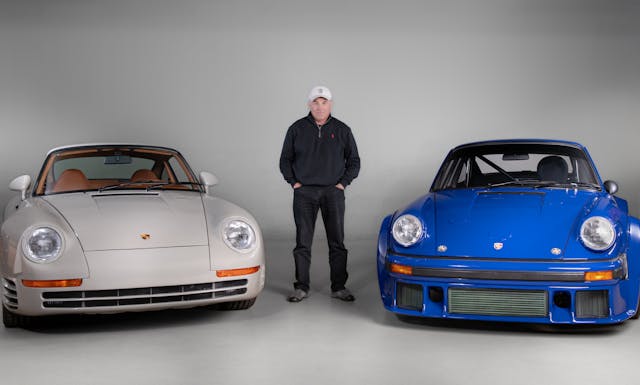
Canepa and 959s go back to Bruce buying his first in 1988. “I was the first to bring one to the United States. I brought it in on a tourist visa under a friend’s name from overseas, I drove it for a year—that was easy—then it went back and left the country,” he says.
But others weren’t so lucky, including Bill Gates of Microsoft, who had his car impounded at San Francisco customs. The Show or Display bill of 1998 provided the workaround.
“We passed a bill in Congress to make them legal and that really became an exemption for cars that weren’t homologated in the U.S.,” Canepa says. “There had to be fewer than 500 cars in production that were also historically or technically significant as well as never intended to come here.”
Cars did not need to meet U.S. crash standards and could be driven for 2500 miles per year (though a retiring official later confessed there was no enforcement on that figure—good job, given one Canepa customer racked up 72,000 miles).
The 959s did, however, need to meet U.S. legislation for the year of production. It meant some significant work for the 2.8-liter flat-six, which features an air-cooled block, water-cooled four-valve heads, and sequential turbochargers (one for low-rpm boost, then a big hitter to make the numbers).
“We switched to Motec management, switched the turbos, put on knock sensors and cats, and did a bunch of stuff, ” Canepa says. “We not only got them to pass the federal emission standards but we passed CARB—California Air Resource Board—which was unheard of pretty much.”
Passing emissions standards also simultaneously led to Canepa unlocking massive amounts of pent-up power.
“We put an engine on the dyno and it didn’t look right—you got the one turbo, and it starts increasing in power, then all of a sudden it’s gone and then it starts coming back up again,” recalls Canepa. “A guy from Weissach was kind of helping us on the side and he said ‘Yeah, that’s the way they are.’ He couldn’t tell me what to do, but he would tell me what not to do. So I said I’m going to put twin turbos on it (rather than sequential) and he said, ‘That’s right, you’ll notice we never did that sequential turbo thing again!’”
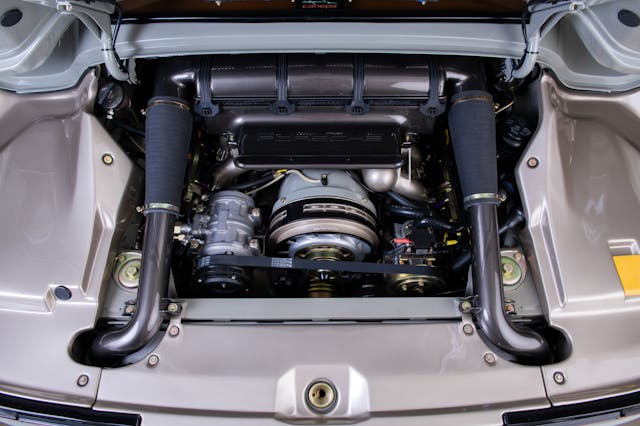
The result was a bump from 444 hp to 580 with catalytic converters and 91-octane fuel and no internal modifications. The engine has been developed ever since.
Canepa then turned attention to the chassis, taking the simplified and inch-lower 959S suspension set-up as its jumping-off point. “The only thing I disliked about the first year in my car was the hydraulic suspension. It was a pain in the ass and would porpoise and do weird things. Our coilovers have titanium springs and Penske builds our shocks—it’s much more controlled but still very compliant.”
Canepa has also upgraded the brakes and offers magnesium hollow-spoke alloys with the look of the originals but a diameter increased from 17 to 18 inches—the size Porsche originally intended to fit but couldn’t due to the lack of a suitable tire.
The expertise means that from the total production of 292 units never intended for U.S. sale, Canepa estimates 87 to 90 have passed through his workshops. Today that has culminated in the 959SC, a 50-unit run that “reimagines” Porsche’s first supercar and is billed as the final evolution of upgrades Canepa will ever create for the 959.
Upsetting for some purists it may be, but a 959SC does represent a sympathetic and highly appealing package of upgrades far beyond what Porsche ever could have imagined in-period.
The entire build is said to take 4000 hours, with over 500 devoted to prepping the body alone, which is painted either in Porsche’s paint-to-sample colors or a one-off shade. A further 400 hours are lavished on the gorgeous interior, the detail extending even to new tool pouches and owner’s manual in matching leather.
But the most impressive numbers of all are reserved for the engine, described by Canepa as its fourth generation and engineered by legendary tuner Ed Pink. Highlights include twin BorgWarner turbos with internal wastegates, new pistons to raise the compression a little, Pankl titanium connecting rods, and an upgraded valvetrain. It’s an exhaustive and all-encompassing overhaul good for a massive 850 hp with 650 lb-ft of torque.
The vibe is very much ultra-luxury GT, and no two 959SCs will ever be alike.
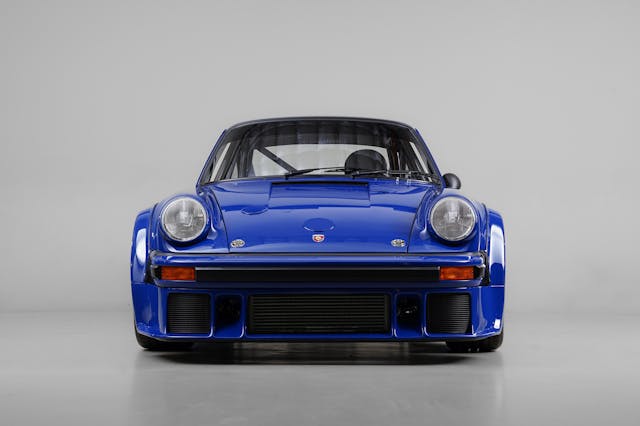
Canepa’s 934 project, meanwhile, goes back to Bruce’s racing roots. He entered his first sports car race at Sears Point in 1978 driving a Porsche 934.5 (essentially the Group 4 racing version of Porsche’s 930 Turbo road car, with the rear wing and wheels from the 935 Group 5 racer) then upgraded to the last factory-built 935 the following season. It’s a car he still owns and he raced it to victory at Rennsport this year.
When it debuted, the 934 race car was incredibly close to production specification, making it an ideal candidate for a road conversion. Porsche produced just 31 examples, and Canepa has converted four for road use. The blue car pictured is Bruce’s own 934.5.
“Guys laugh when I tell them, but I say it’s just a 1976 911 Turbo, you know?” says Canepa. “The front spoiler doesn’t rub, it’s got good ground clearance, we soften it up a little bit, put in a really good brake pad, and I just throw my luggage in the back—it’s easy.”
Each 934 undergoes a typically meticulous Canepa restoration, with a paint finish the race cars could only dream of (and which originality buffs might balk at) as well as attention to detail throughout. Bruce highlights the trademark rivet-on arches.
“When these were built, the flares never fit like this, but we have a composites guy in-house to get it just right,” Canepa explains, before talking us through wheels with period-correct center-lock nuts but an upgrade in diameter from 16 to 17 inches.
Inside—as it was in-period—the feel is very much road car with a few racing upgrades. There’s a racing seat with harnesses, a roll cage, a small-diameter steering wheel, and that’s pretty much it.
“The factory delivered these cars with carpet and power windows, so we take the lollipop seat, split it in half, and add one or two inches, depending on the size of the guy,” he explains. “The only thing I change is the rubber matting material underneath the carpet, particularly at the back, just to kill the noise. I put electric A/C in one or two of them, and it’s got all the things you need, a gas gauge, a speedometer, a handbrake …”
Much like with the 959, the 934 engine is also tuned to be much more driveable, notably with a Garrett turbocharger featuring modern wastegate technology to reduce lag, and Motec management so it starts from cold and idles smoothly, then delivers its power progressively. The twist is the output—a huge 670 hp in a car weighing around 2535 pounds.
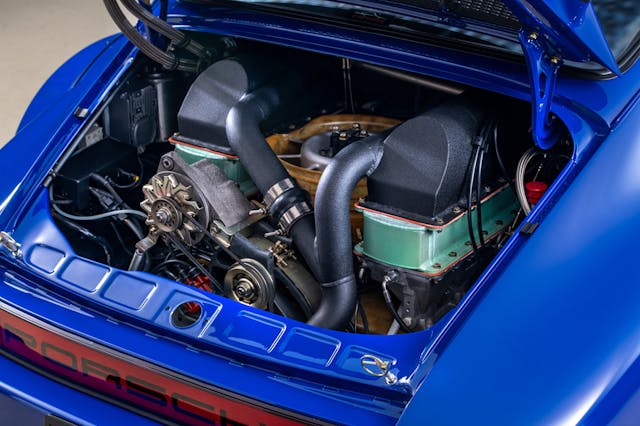
The third car converted by Canepa was an orange example for actor and comedian Jerry Seinfeld. “Jerry has done a lot of miles in his car, and he just sent me a text last week saying it’s four years to the day since he’d fired it up and driven off on New York plates.”
Canepa’s own website shows the car idling in its workshops, then cuts to Seinfeld at the wheel, grinning like a man who knows he can drive a racecar straight past a police car without going to jail.
What comes next for Canepa? “I’m going to do the Carrera GT,” reveals the founder. “I’ll do all the interior, a proper clutch, figure out a wheel … it just needs a couple of things to make it more user-friendly. It’ll be very understated.”
Given Canepa’s track record, “a couple of things” will likely evolve into a whole lot more. Watch this space.
***
Check out the Hagerty Media homepage so you don’t miss a single story, or better yet, bookmark it. To get our best stories delivered right to your inbox, subscribe to our newsletters.




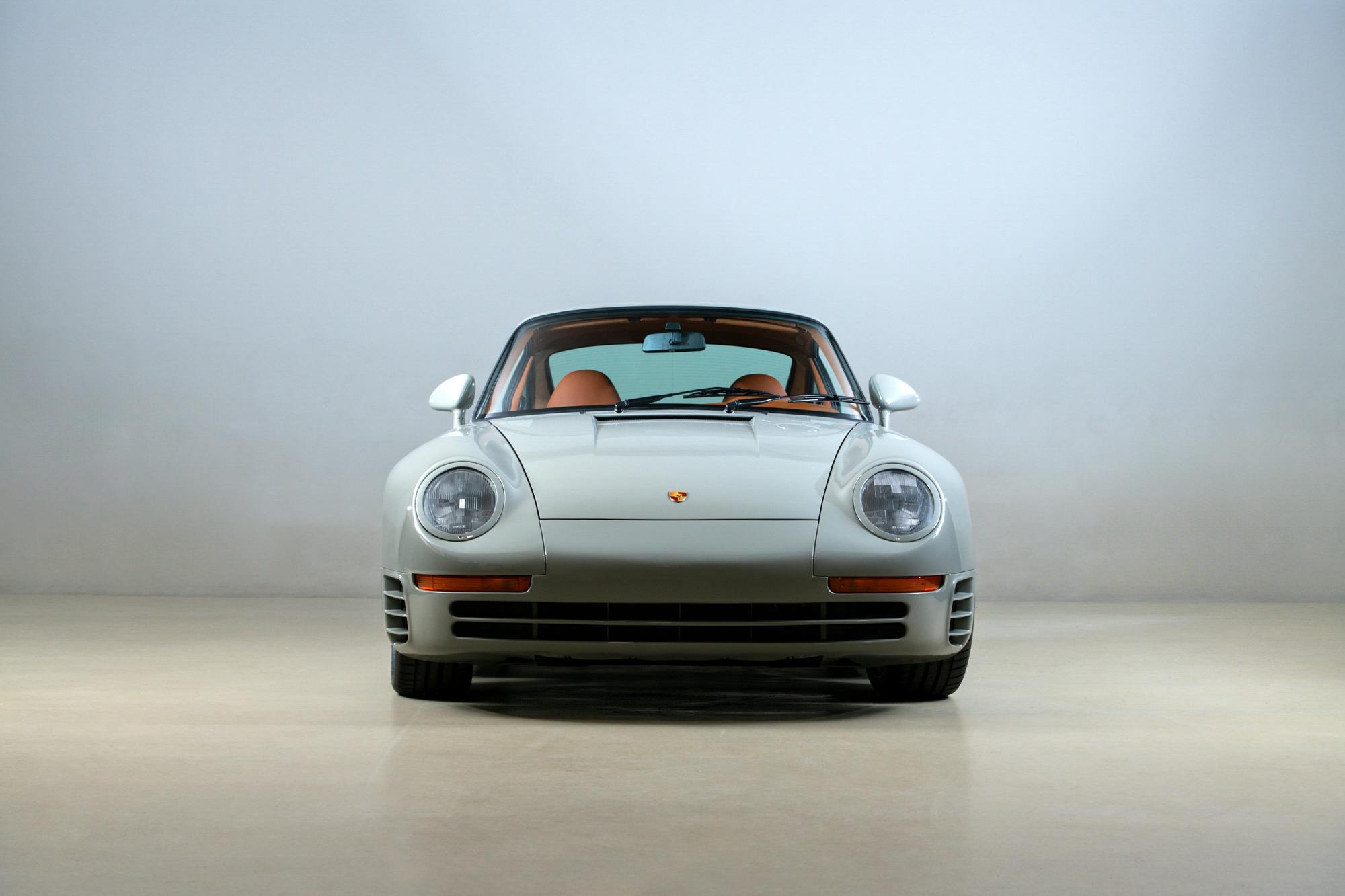

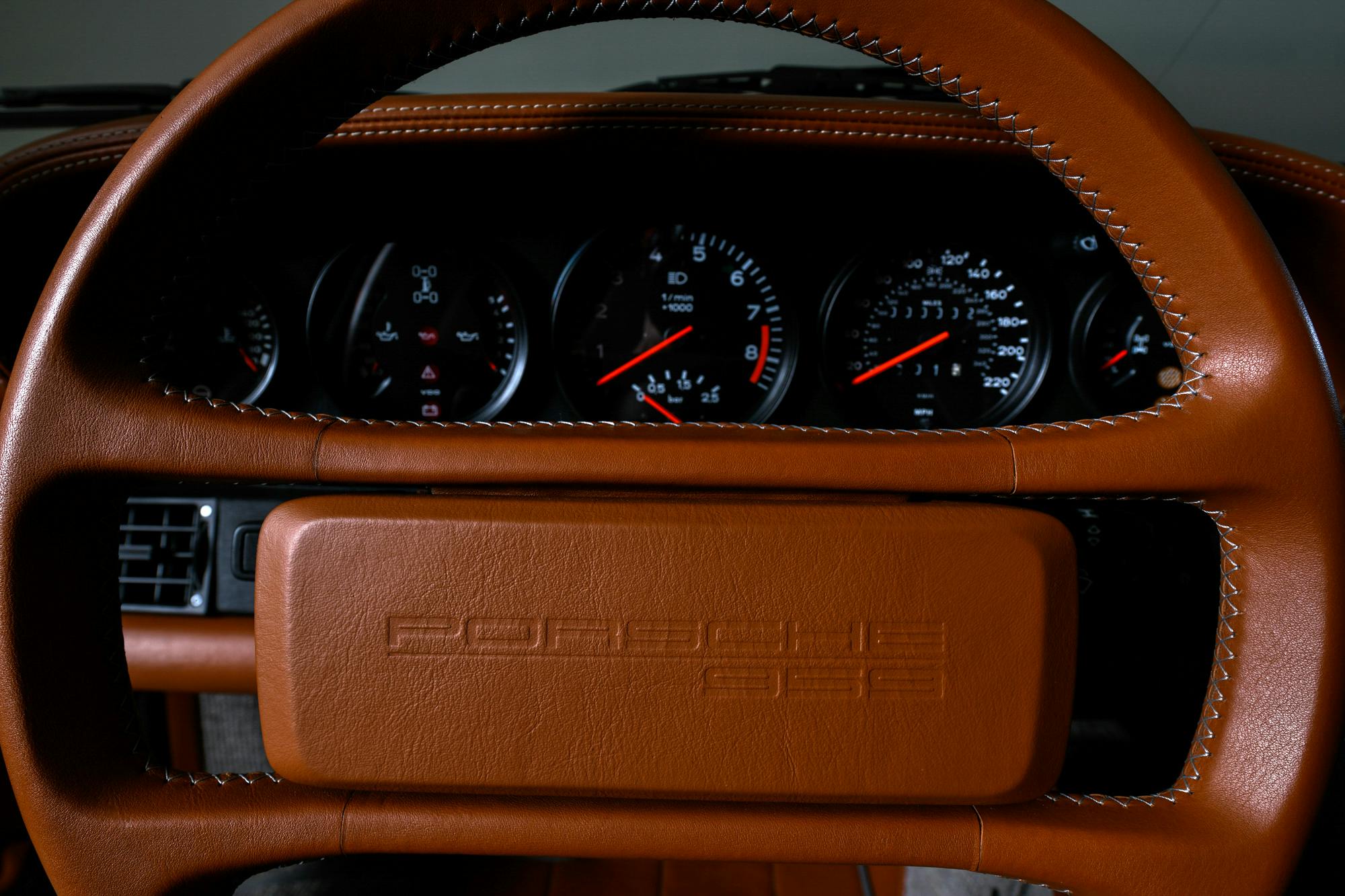
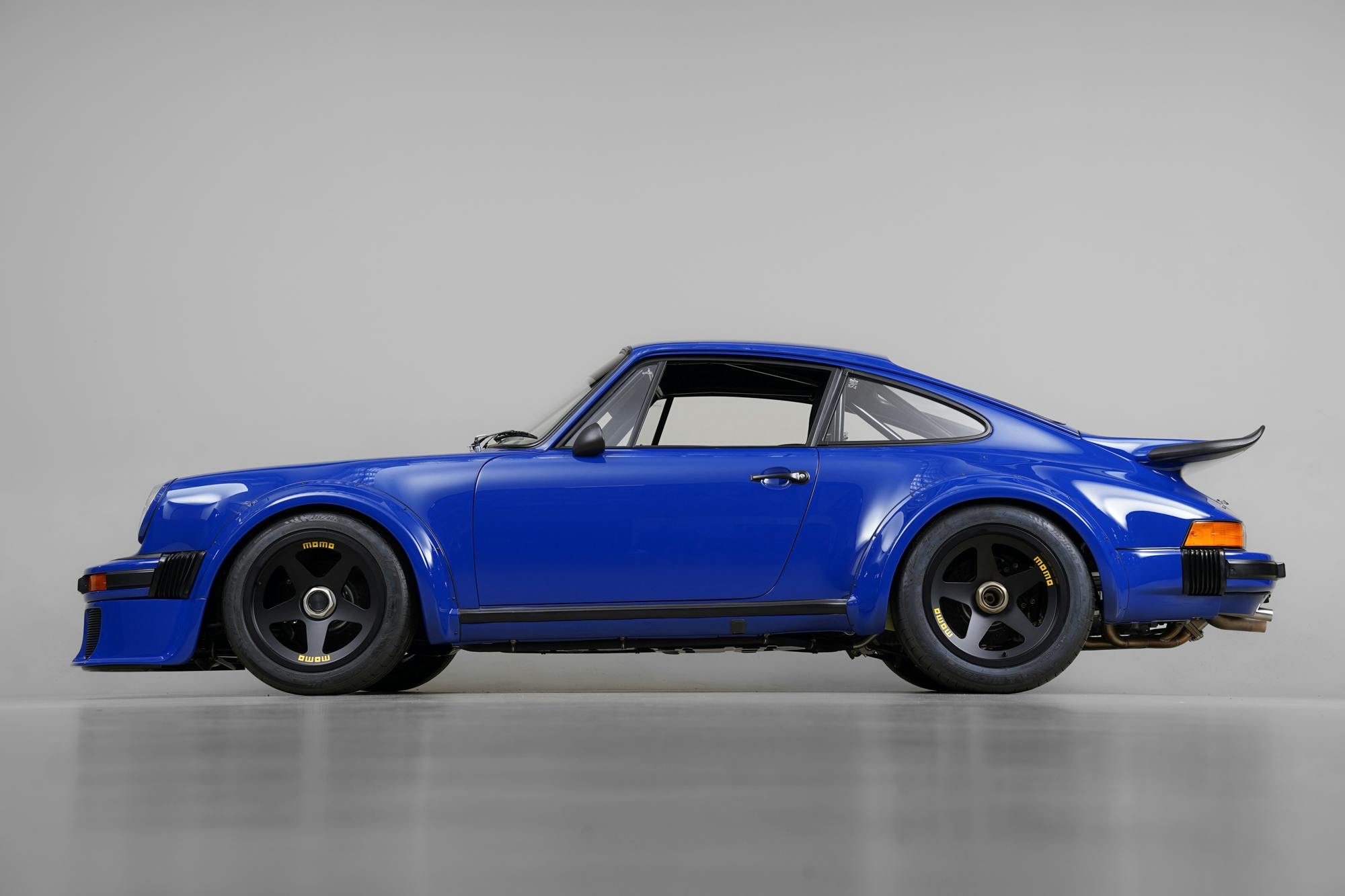
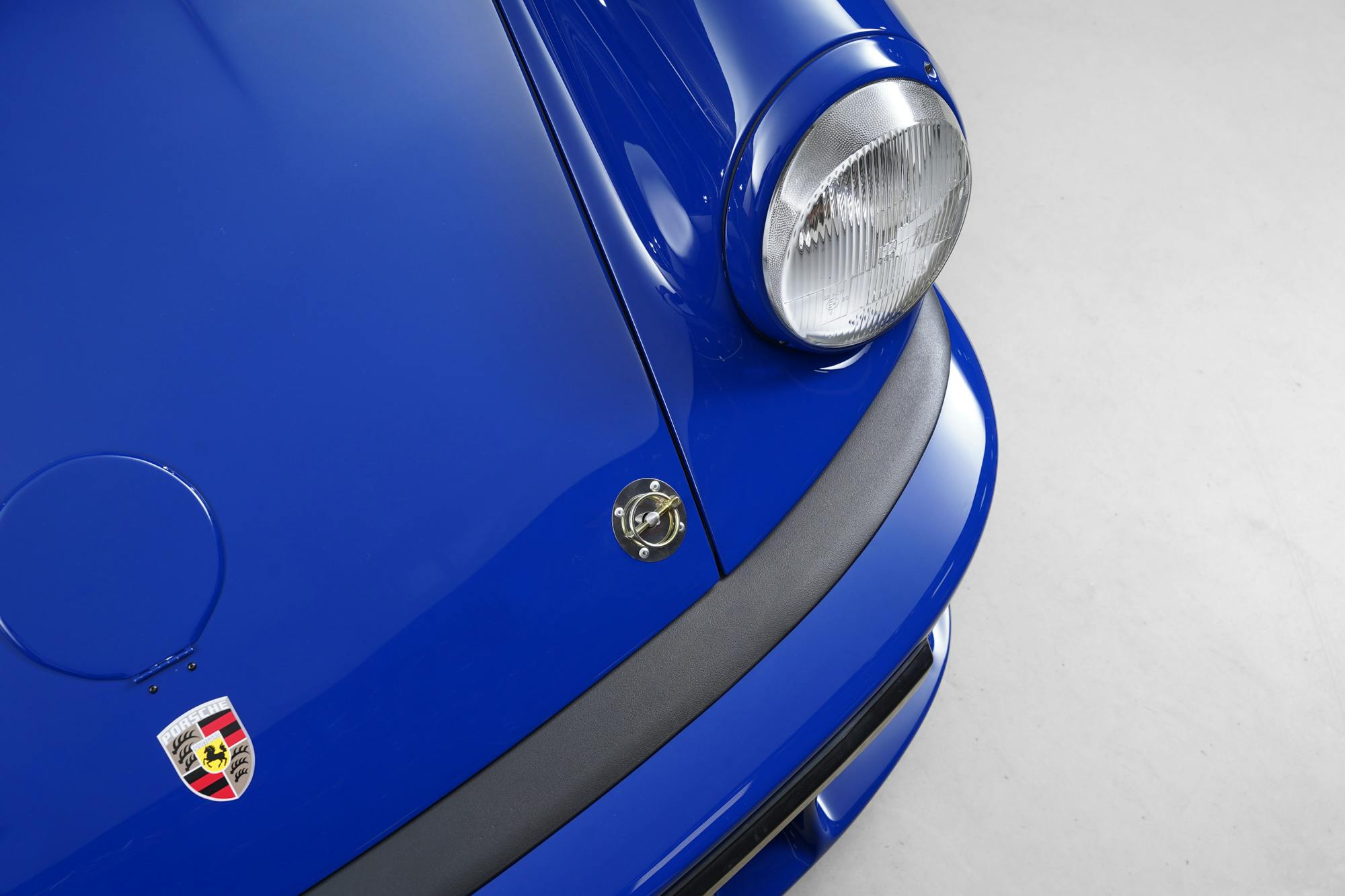
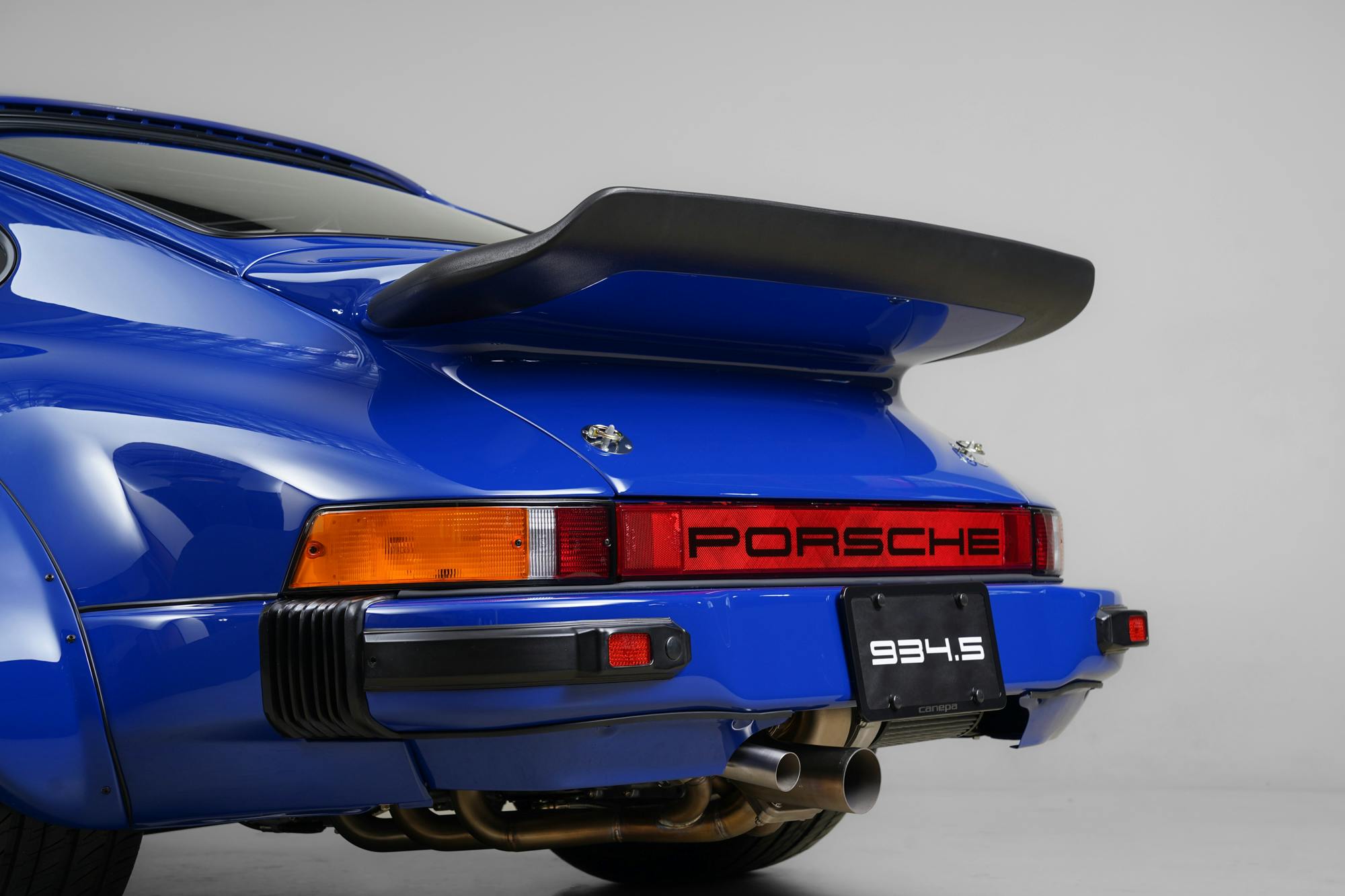
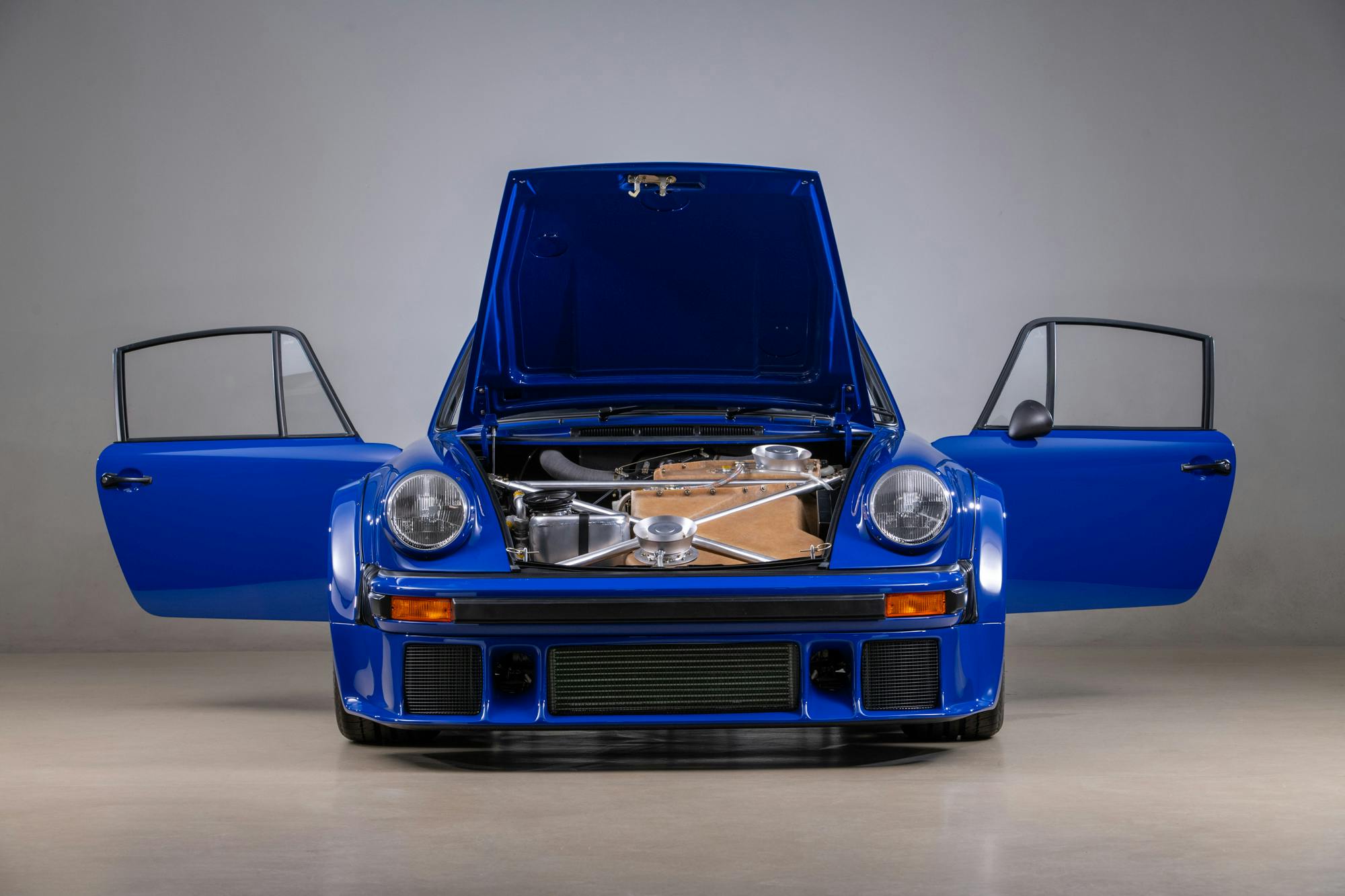
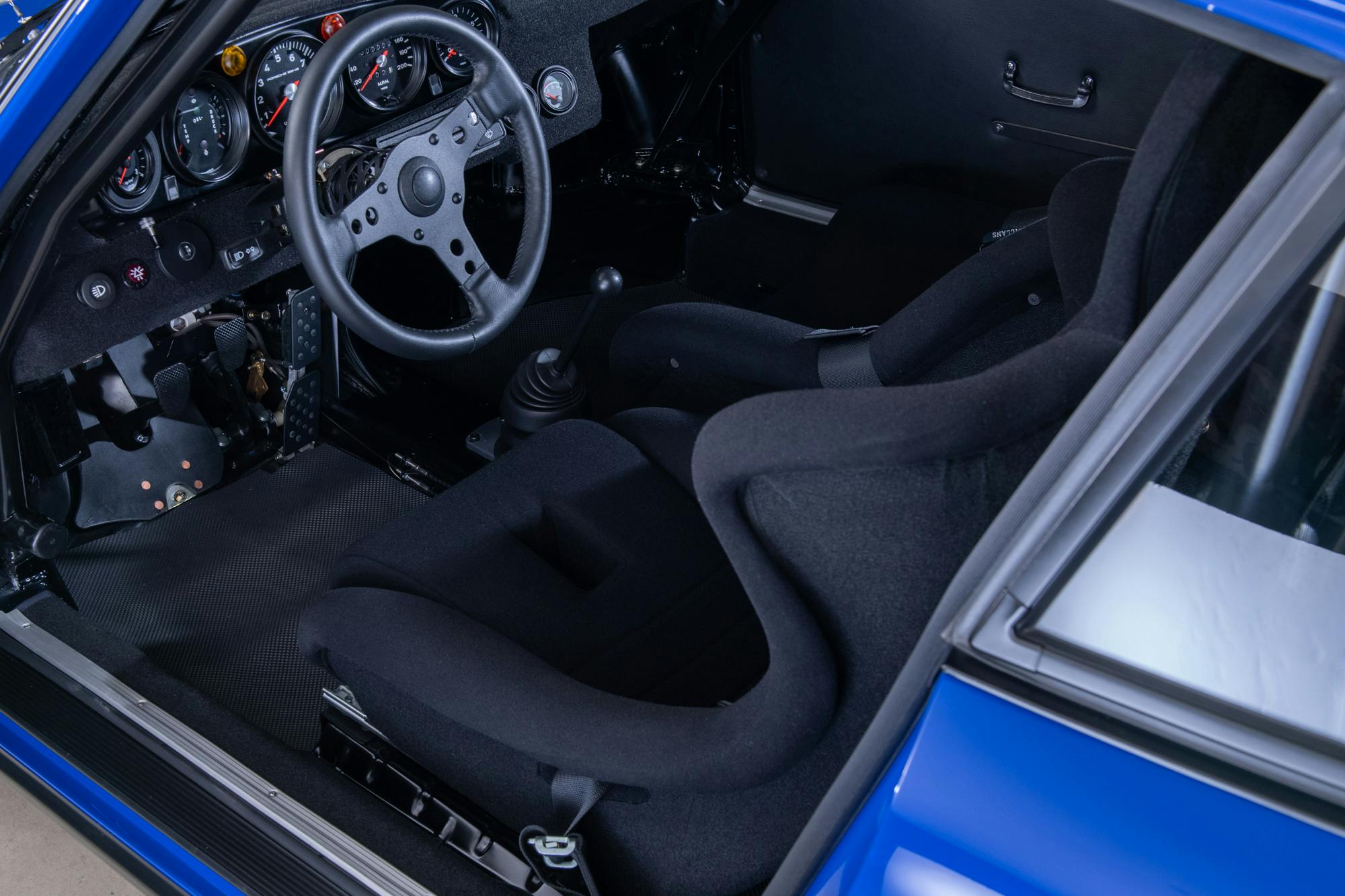




















Bruce is a legend…..a legend in his own mind.
YOU MEAN THE INFAMOUS BRUCE CANEPA WHO WONT PUT A PRICE ON ANYTHING, WHICH MEANS THE PRICE ON MONDAY COULD BE DIFFERENT THEN THE PRICE ON TUESDAY OR WEDNESDAY OR THURSDAY OR SO ON AND SO ON. kind of like playing a bad checker game with him
The cars look good. Seems like there is some bad blood here. What is the story?
If you do any business with Bruce, you will know what we are talking about.
Unrelated to this story, but when I was a kid growing up in Germany in the late 80’s, I would frequently see the tennis star Boris Becker driving a 959. Still the only one I’ve seen in the wild.